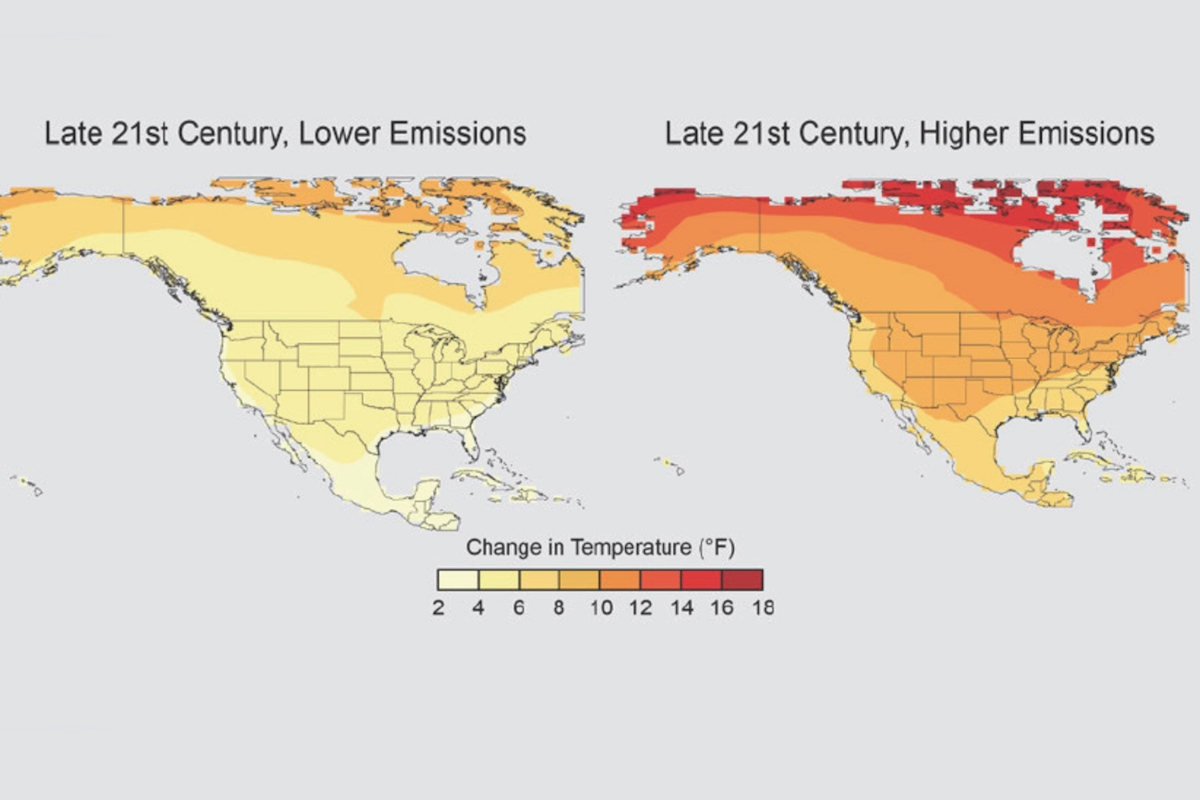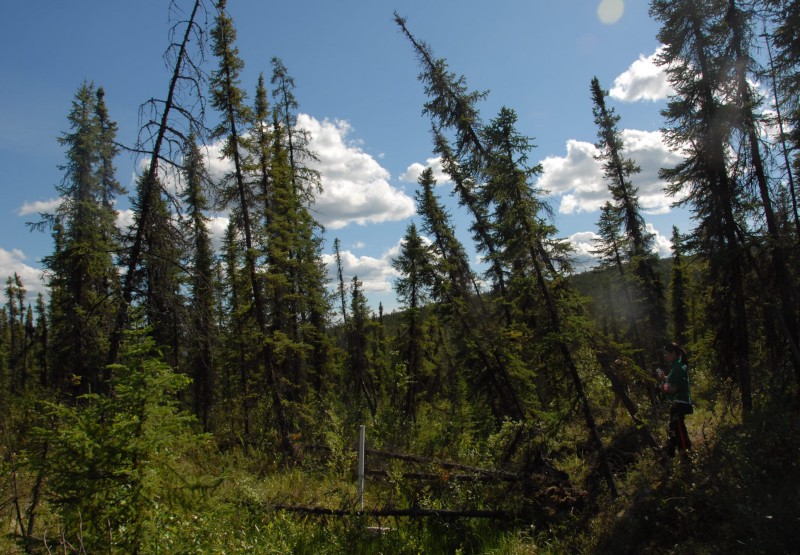Our current climate is near the very edge of stability, according to a major new study by 16 leading climate scientists.
We are pushing the planet toward an irreversible “Hothouse Earth” — catastrophic warming of 9°F (5°C) or more with sea level rise of up to 200 feet — the study warns. And we may be much closer to the “point of no return” than most people realize.
Simply meeting the near-term greenhouse gas (GHG) emissions targets that more than 190 nations agreed to in the 2015 Paris Climate Accord is not enough to be certain of avoiding this fate, the study states.
The world must keep ratcheting emissions down to zero in the second half of the century to keep total warming “well below 2°C” (3.6°F) — as the nations of the world unanimously agreed in Paris.
Yet, last year President Donald Trump announced that he plans to pull out of the Accord in 2020. Worse, his team is actively working to boost U.S. carbon pollution.
Indeed, the administration shocked scientists earlier this week when it admitted that its plan to gut vehicle fuel economy standards would help take the atmospheric concentrations of CO2 to a staggering 789.76 parts per million, which is almost double current levels.
“Many individual humans (perhaps billions of individuals) will suffer terribly,” if CO2 levels get anywhere near that high as Daniel Schrag, director of Harvard’s Center for the Environment, told E&E News.
The new study in the Proceedings of the National Academy of Sciences, however, warns that the path to such a catastrophic collapse isn’t isn’t so much a steady descent fueled by burning ever more fossil fuels. Rather it is a cliff that once you cross, you trigger a rockslide or an avalanche that brings ruin quickly.
“Human emissions of greenhouse gas are not the sole determinant of temperature on Earth,” explained lead author Will Steffen in a Stockholm Resilience Center news release. “Our study suggests that human-induced global warming of 2°C may trigger other Earth system processes, often called ‘feedbacks,’ that can drive further warming,” even if emissions were to start to slowly decline.
One of the most dangerous feedbacks the study talks about is the release of heat-trapping carbon dioxide and methane (CH4) from the melting Arctic permafrost.
Indeed, one 2017 study warned that every 1°C (1.8°F) of additional warming would thaw one-quarter of the earth’s frozen tundra area. That’s a problem because the northern permafrost contains twice as much carbon as the atmosphere does today.
So we have the possibility of a runaway catastrophe — where 2°C warming thaws half the permafrost, and the resulting carbon emissions create, say, another 1° C of warming that in turn releases yet more GHGs from the permafrost.
But, as the 16 scientists explain, besides permafrost thaw, the dangerous amplifying feedbacks include “loss of methane hydrates from the ocean floor, weakening land and ocean carbon sinks, increasing bacterial respiration in the oceans, Amazon rainforest dieback, boreal forest dieback, reduction of northern hemisphere snow cover, loss of Arctic summer sea ice, and reduction of Antarctic sea ice and polar ice sheets.”
Triggering just a few of these feedbacks — which the researchers warn may be all but unstoppable at 2°C — would lead to an irreversible transition to a Hothouse Earth, as they illustrate in this figure.

Achieving the “Stabilized Earth” requires very aggressive action now and for the foreseeable future to keep warming below 2°C.
The danger of the Hothouse Earth is not news. The paleoclimate record shows that the Hothouse Earth is a stable state for the planet that is irreversible on a timescale of thousands of years.
In a 2012 National Science Foundation news release on paleoclimate research, the lead author pointed out, “The natural state of the Earth with present carbon dioxide levels is one with sea levels about 70 feet higher than now.” A 2009 paper in Science concluded that when CO2 levels were sustained at this high a level 15 million years ago, it was 5° to 10°F warmer and seas were 75 to 120 feet higher.
What’s news is that one international team of scientists say we may be close to the point of no return for the Hothouse Earth — and that we have a president, who, if he is able to continue his climate-destroying policies into a second term may make avoiding that point of no return all but impossible.


